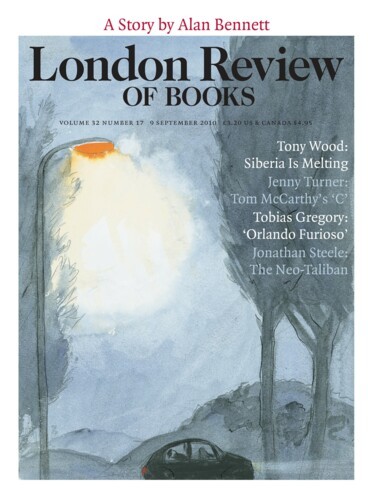At lunch in France last week, with an expert on cheese and its management, the conversation turned to mites. The four teenage girls who were of the party wanted to know what they were getting their teeth into. Cheese mites are too small to be seen easily with the naked eye. Was there a magnifying glass around? There I could help, I had two of the kind of hand lenses botanists and geologists use in the field. One magnifies by 10, the other by 20. The mites, glistening white blobs, could be seen moving slowly across the grey crust. I hope, but do not expect, to have recruited at least one of the girls to the pleasures of low magnification.
Since I was a child I have hankered after optical instruments. The first was a 5x magnifying glass; the second, a 10x, I used when I briefly studied geology. There have been many others: the telescope (8x) my father bought me when he was on a trip to America; the two pairs of binoculars (7x); the dissecting stereomicroscope (a present to myself), which zooms from around 10x to 40x: the sort of instrument used for inspecting circuit boards, or by palaeontologists when they pick away the matrix to reveal an embedded fossil. I also have an ordinary microscope (a medical school discard) with various objectives and eyepieces, giving much higher magnifications. But playing with that taught me that high magnification goes along with other disciplines: embedding and staining specimens, cutting thin sections, learning to interpret the slices as sections of three-dimensional objects. Those tools of the pathology and biology laboratories were not what I needed.
What really pleases me is the degree of enlargement that takes one not far beyond what the naked eye can see and brings closer and makes sharper the plumage of a distant bird, the detail of a boss or a high stained-glass window in a cathedral, the name of a ship, the structure of insects and plants. Although I have a terrestrial telescope (30x, good for watching birds in estuaries), I have no interest in getting an astronomical one. Still, I’m pleased when someone who has one shows me the rings of Saturn or the mountains of the Moon and I was carried away by Richard Holmes’s account in The Age of Wonder of the heroic campaigns of observation and telescope-making carried out by Herschel and his sister. In the 1950s I was gripped by descriptions of the casting and polishing of the 200-inch mirror of the Hale telescope on Mount Palomar, and more recently I followed the drama of the error in the configuration of the Hubble telescope mirror and its correction, but by and large I am happy to enjoy the far reaches of magnification in the images the great telescopes produce of exploding stars and clusters of galaxies. I feel the same about huge enlargements of things that are very small. The visual texture of electron microscope images of insects and pollen grains has so much in common with computer-graphic renderings that they read as abstractions.
My optical toys, on the other hand, let you explore what you see, not see something beyond what you know. They enlarge no more than a few times, at the most a few tens of times. Sitting in an orchard last week I saw pied flycatchers make quick excursions from the branches of an apple tree. Without binoculars I wouldn’t have been sure that was what they were: to keep track of their progress as they dodged among the tangle of twigs and leaves, a wide, bright view was more important than a highly magnified one. Tremor degrades the image in all hand-held devices, which is why telescopes are used with tripods. In the low-magnification world, as the lens brings the leaf in your hand or the bird in the bush closer, the content of the visible world is multiplied.
Looking at things closely leads to wondering what they are called. The sporadic self-education in natural history that goes with picking up pretty pebbles, shells and plants on country walks, and noticing the fauna, sometimes calls for my kind of optics. We are not like the old ornithologists who made their identifications from dead specimens. (Would Audubon’s marvellous, stiffly heraldic illustrations of American birds have looked different if he had had modern binoculars to supplement the work of his shotgun?) The identification of plants sometimes requires more than the evidence of the unaided eye, which has trouble determining degrees and kinds of hairiness, for example: something you need to see if you are after the identity of a grass plant. Rocks, too, will read better enlarged, should you want, say, to identify the minerals that give granite its speckled look.
The Claude glass, the dark, slightly convex mirror that 18th and 19th-century tourists and sketchers used to give nature an artistic appearance, reduces a view into something simpler. It is a step towards painting or drawing; and like painting and drawing, it edits detail out. My pleasure comes from finding more than the unaided eye can see, not less, from looking at a bit of a plant and finding an aphid making its ponderous way from behind a leaf or inspecting a dead lavender flower and finding globules of scented oil among faded petals.
Send Letters To:
The Editor
London Review of Books,
28 Little Russell Street
London, WC1A 2HN
letters@lrb.co.uk
Please include name, address, and a telephone number.


